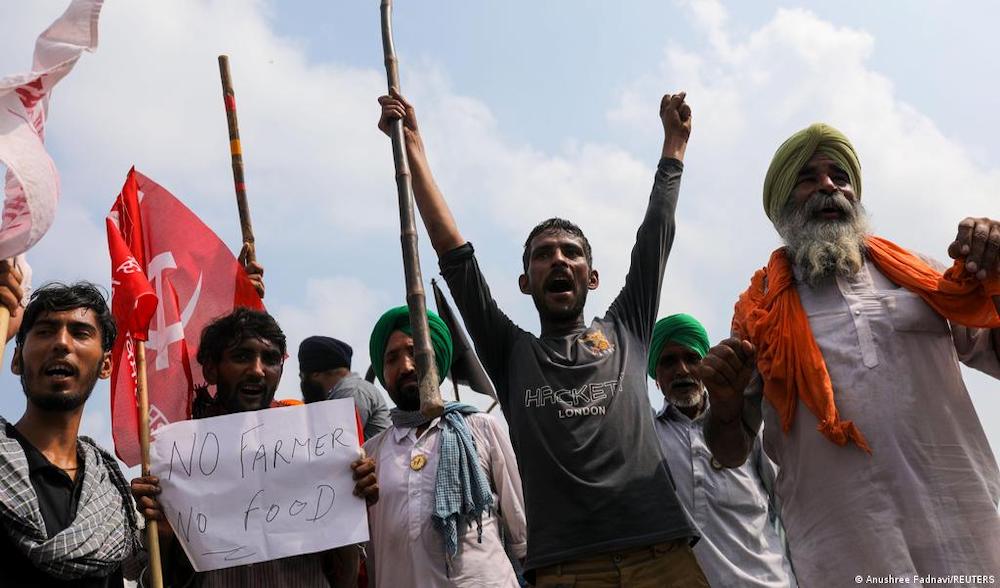JONAH AGLUBAT WRITES — On October 3, a bloody clash ensued at a farmers’ protest in the Northern Indian state of Uttar Pradesh that resulted in 8 deaths. Police are currently investigating the incident that is layered with controversy. Farmers on one side say that a convoy led by Ajay Kumar Mishra, India’s Union Minister of State for Home Affairs, rammed into the protestors, while Mishra claims that the allegations against him are entirely “baseless”.
As of now, police have shut down access to the internet in that area and are overall monitoring the local public for signs of potential uprisings. The violent clash, which was captured on video and spread on social media, has dominated Indian headlines and carries potential blowback for Prime Minister Modi and his Bharatiya Janata Party (BJP). Not only did the incident play out in a state that will hold crucial elections in four months, but it has helped to escalate an already nationwide movement of farmers that presents a forceful challenge to Modi’s economic reform agenda.
Tensions between farmers and the Modi government have risen the past year due to three new agriculture reform bills passed in September of 2020, at the height of the global pandemic. Modi claims that these laws are absolutely necessary to modernize India’s farming and agriculture, which is the primary source of income and livelihood for over 800 million Indians. On the other hand, these laws are being criticized for favoring large commercial farms and wholesale buyers over local farmers. A majority of India’s farmers own no larger than 2-acre farms and, in the past, have heavily relied on government-run wholesale markets (known as APMCs) to sell their crops. At the heart of these bills is the deregulation of the wholesale agriculture market.
In addition, these agriculture bills violated the Agricultural Produce Market Committee (APMCs) Act, opening the market and including private players, creating alternative channels for trade, removing interstate trade barriers, and promoting e-trading. But the new legislation is not clear on whether the government will continue to guarantee minimum support prices (MSPs) for certain essential crops. This in turn has led farmers to fear that the laws set in motion represent a transition to a system in which an overwhelming majority of farmers sell only to government-sanctioned marketplaces. This would be a significant change to India’s majority of small farmers, who in some cases earn just 20,000 rupees ($271) on average annually – giving rise to their fear of being left to the mercy of corporations that will have no legal obligation anymore to pay them guaranteed prices.
It is clear that many fear their future, but it is a fair argument that the old system was broken as well. In fact, the agriculture sector contributes only 17 per cent of India’s GDP, yet it employs 57 per cent of the workforce. There is still much work to be done to boost agricultural productivity in a way that does not leave out the small stakeholders.
Currently, India’s farmers and government are at a stalemate. And while these protests are a major challenge to Modi’s government, with state elections only a few months away, his popularity is still soaring and his approval ratings remain high because of his Hindu-nationalist policies- being that close to 80% of the country’s population identify as Hindu. Many agree that the Indian farming sector needs reform, but what is questionable is the lack of public consensus and transparency the Modi government utilized when introducing the new laws and the involvement of the private sector in agriculture. All of this leads to a premonition that the incident earlier this month may not be the last violence we will see.

